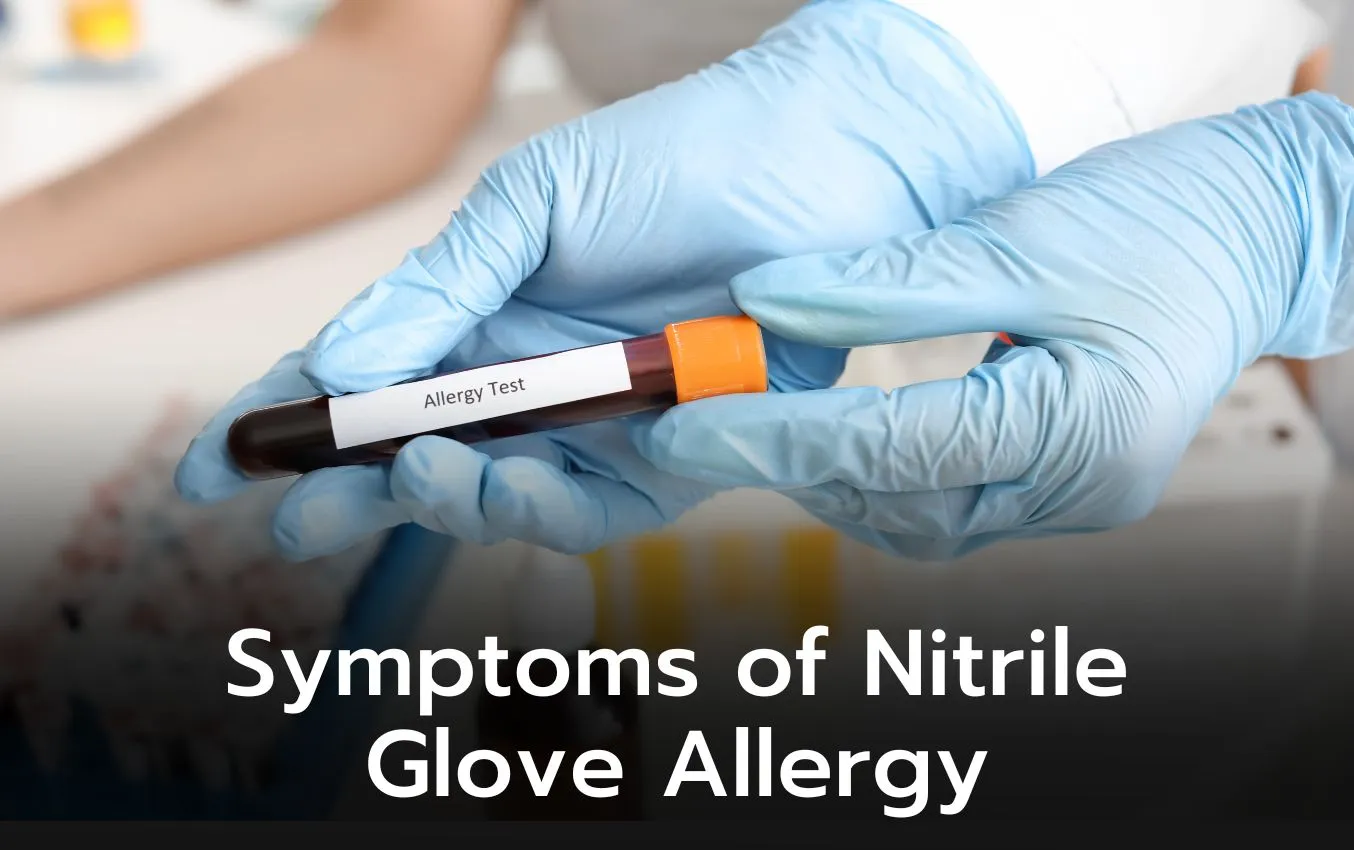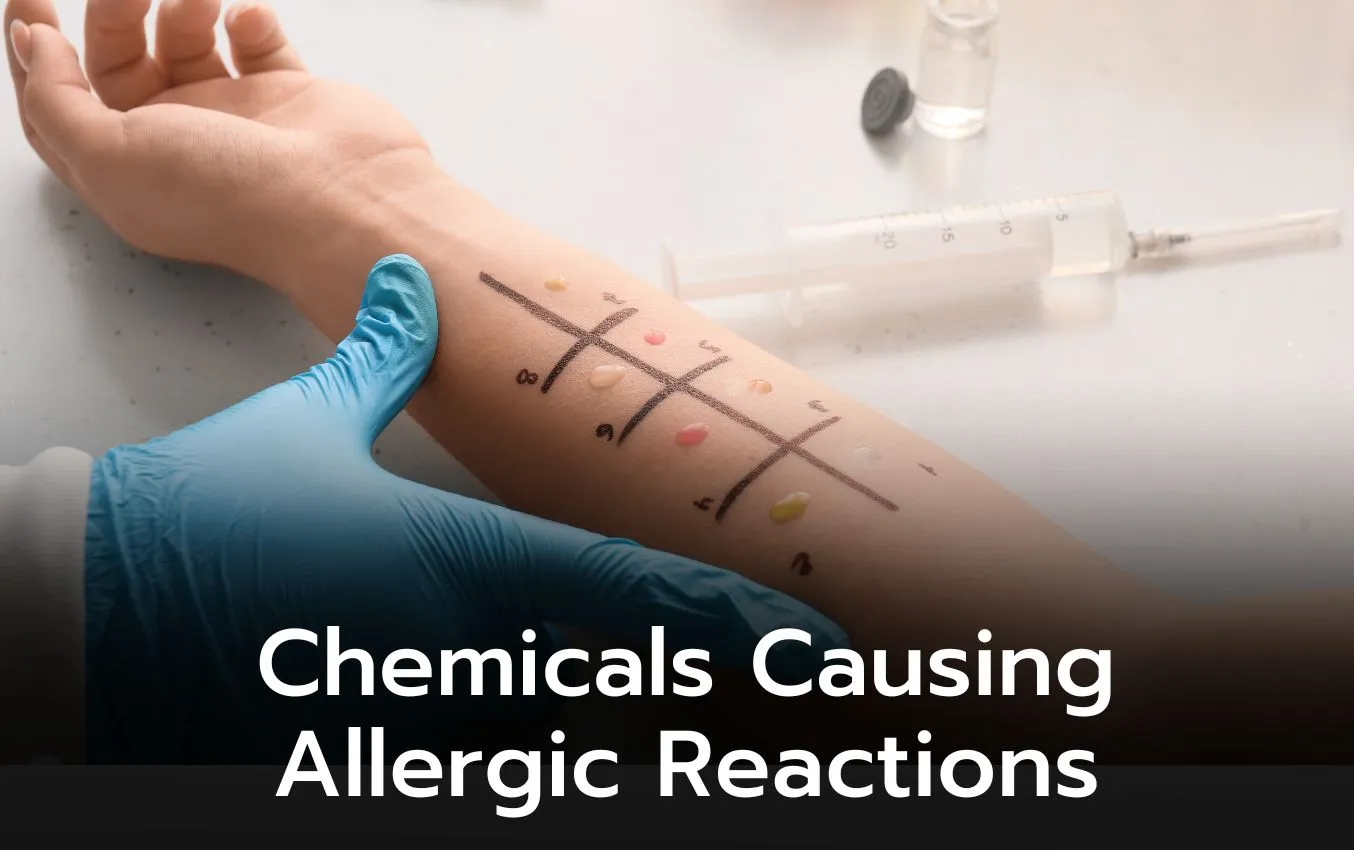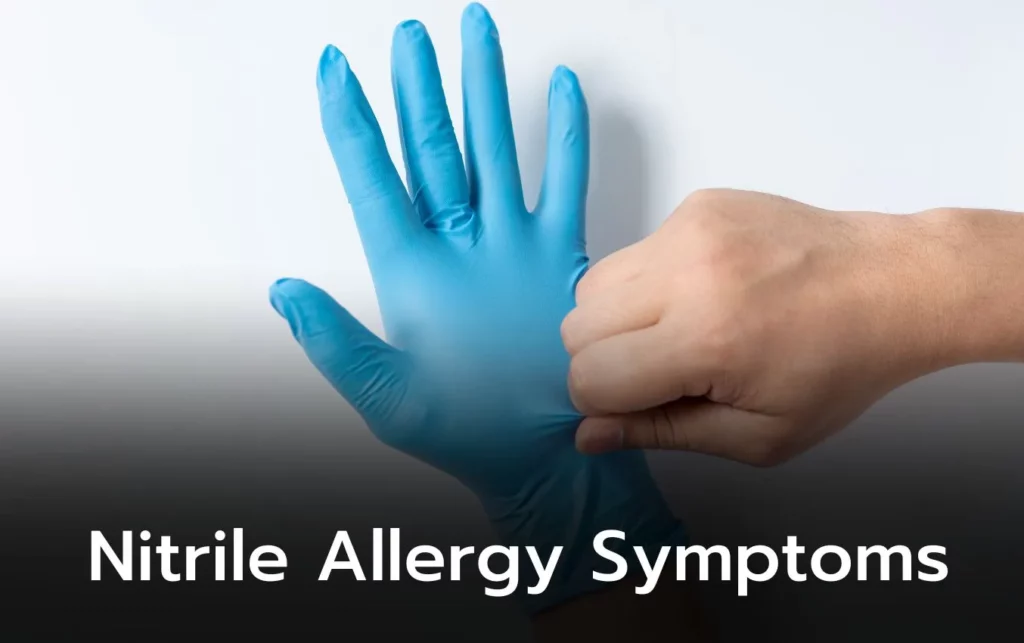Allergy to nitrile gloves can manifest in various ways, from immediate pruritic wheals to delayed erythematous rashes, affecting individuals sensitive to the chemicals in the manufacturing process. Symptoms may include hives, edema, and respiratory issues, necessitating proper diagnosis and management. Understanding the specific allergens in nitrile gloves, such as thiurams and benzothiazoles, is crucial for mitigating allergic responses in sensitive individuals. Let’s explore the symptoms associated with nitrile glove allergies in this informative review.
Table of Contents
- Symptoms of Nitrile Glove Allergy
- Contact Urticaria
- Allergic Contact Dermatitis
- Hand Urticaria
- Chemical Components Responsible for Allergic Reactions
- Ethyl Isothiocyanate (EITC) and Butyl Isothiocyanate (BITC)
- Thiurams, Dithiocarbamates, and Benzothiazoles
- Diagnosis and Management
- Importance of Proper Diagnosis
- Treatment Options
Symptoms of Nitrile Glove Allergy

Contact Urticaria
The symptoms of nitrile glove allergy can vary, with immediate reactions like contact urticaria characterized by pruritic wheals appearing rapidly upon contact with the gloves. A study showed a pruritic wheal developing shortly after applying nitrile gloves, indicating a possible immunological basis for the reaction.
Allergic Contact Dermatitis
Allergic contact dermatitis, a delayed hypersensitivity reaction, can cause erythematous rashes. Research identified ethyl isothiocyanate (EITC) and butyl isothiocyanate (BITC) as potential causative agents found in nitrile gloves, leading to positive reactions during patch testing.
It is crucial to recognize specific allergens like thiurams, dithiocarbamates, and benzothiazoles in nitrile gloves that can trigger allergic responses, such as contact dermatitis and other symptoms. Proper diagnosis and management are necessary for individuals experiencing these reactions.
Hand Urticaria
Healthcare workers, including doctors and nurses, are at risk of developing hand urticaria due to the physical pressure and shearing forces exerted by nitrile gloves. Urticarial reactions can occur within minutes of glove application, often leading to concurrent hand dermatitis.
Any healthcare professional experiencing symptoms like hand urticaria should seek medical advice for proper evaluation and management. Understanding the causes of these reactions is vital for improving glove materials and reducing allergic responses in sensitive individuals.
Chemical Components Responsible for Allergic Reactions

Ethyl Isothiocyanate (EITC) and Butyl Isothiocyanate (BITC)
Keep in mind that ethyl isothiocyanate (EITC) and butyl isothiocyanate (BITC) have been identified as potential causative agents for allergic contact dermatitis reactions to nitrile gloves. These chemicals are by-products of the vulcanization process used in glove manufacturing.
Thiurams, Dithiocarbamates, and Benzothiazoles
An allergic reaction to nitrile gloves can also be triggered by specific allergens such as thiurams, dithiocarbamates, and benzothiazoles. These chemical components are known to cause various symptoms, including hives, angioedema, and contact dermatitis. Proper identification of these allergens is crucial for developing safer glove materials.
For instance, studies have shown that thiurams, dithiocarbamates, and benzothiazoles can induce Type IV hypersensitivity reactions in individuals sensitive to these chemicals. These compounds are commonly used in the manufacturing process of nitrile gloves and can elicit allergic responses ranging from mild skin irritation to severe systemic reactions. Understanding the role of these specific allergens is necessary for healthcare providers to diagnose and manage allergic reactions effectively.
Diagnosis and Management
Importance of Proper Diagnosis
Diagnosis of allergic reactions to nitrile gloves is crucial as symptoms can range from mild skin irritation to severe systemic reactions. Consulting a healthcare provider for proper diagnosis ensures appropriate management measures can be implemented to prevent further complications.
Treatment Options
The treatment options for nitrile glove allergies may vary depending on the severity of the symptoms. They can include avoiding exposure to nitrile gloves, using alternative materials, and in more severe cases, medications such as antihistamines or corticosteroids. In cases of contact dermatitis, topical treatments may also be recommended to alleviate skin irritation.
Importance of early identification and appropriate management of nitrile glove allergies cannot be understated. By understanding the specific chemicals responsible for these reactions and working with healthcare providers, individuals can mitigate allergic responses and ensure their safety in professional settings.
Drawing together the information presented, allergy to nitrile gloves can manifest as immediate or delayed hypersensitivity reactions, causing a range of symptoms from hives to anaphylaxis. Identifying specific allergens in the gloves is imperative for developing safer materials and managing allergic responses effectively. Proper diagnosis and management are crucial for individuals experiencing these symptoms to ensure their safety and well-being.
